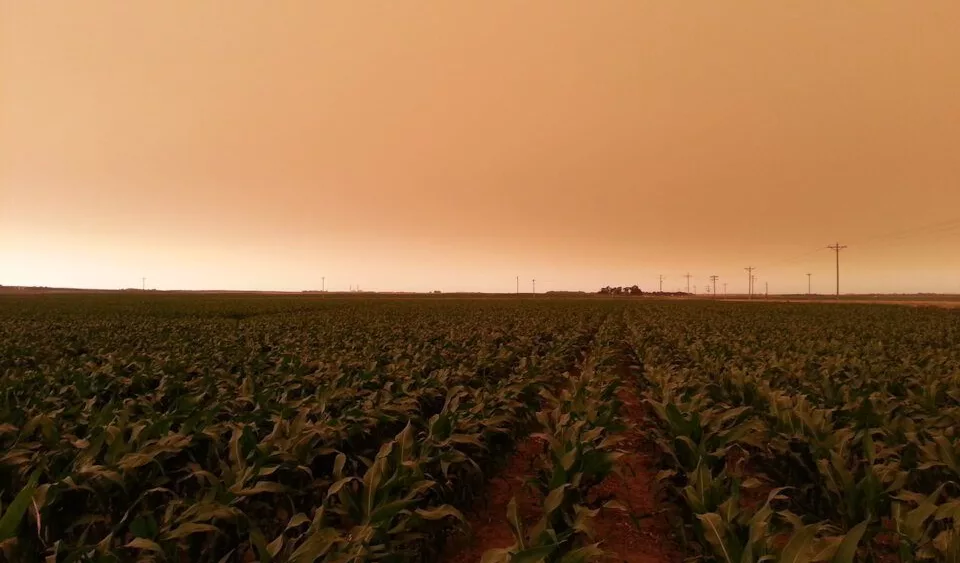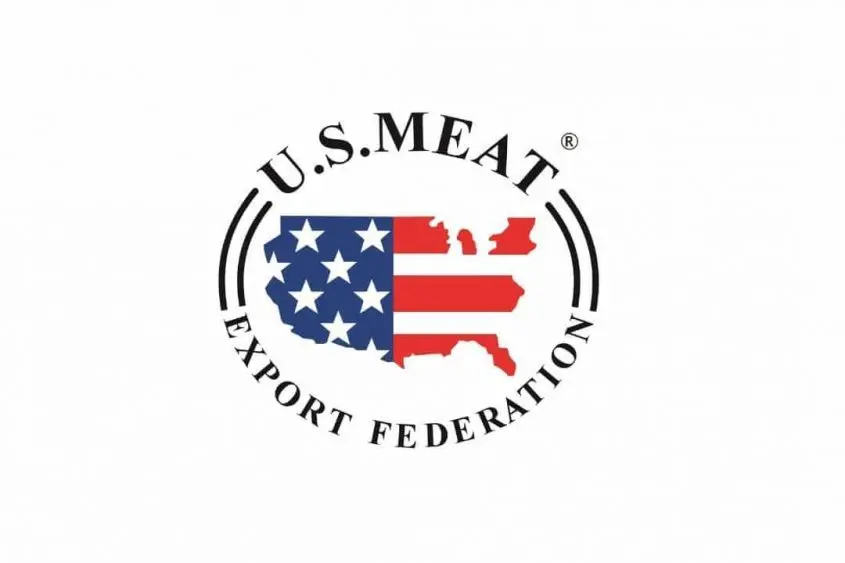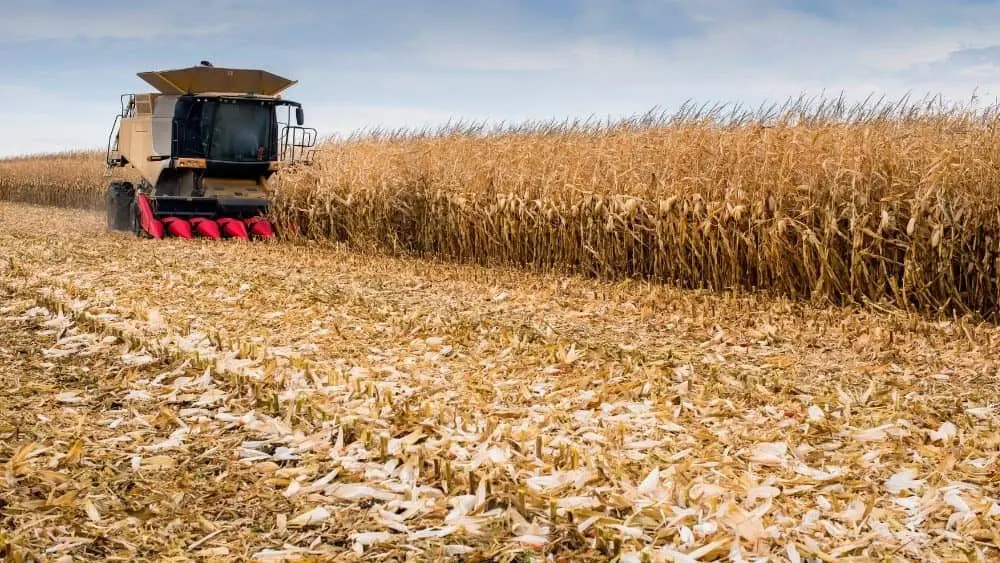
In recent years, wildfires in Canada and the western United States have resulted in smokey skies across the Corn Belt.
As smoky days become more common in agriculture regions, an important question arises: How is wildfire smoke affecting crop productivity? Crops depend on abundant sunlight to drive photosynthesis and achieve high yields, and a reduction in solar radiation, especially during the critical grain-filling period, can be harmful.
The relationship between wildfire smoke and crop growth is complex, with both positive and negative effects on photosynthesis. Three key factors play a role in how smoke influences photosynthesis: diminished light intensity, greater light diffusion and elevated ozone (O₃) concentrations.
- Reduced Sunlight Intensity: Much like a hazy cloud cover, smoke reflects a portion of incoming sunlight, reducing the amount of light available to plants. Because plants depend on sunlight to carry out photosynthesis, any reduction in light is potentially detrimental to crop productivity.
- Increased Sunlight Diffusion: Wildfire smoke can significantly increase the diffuse fraction of photosynthetically active radiation (PAR), which can benefit plants by increasing light use efficiency and the availability of light to lower canopy leaves.
- Increased O3 Levels: Ground-level ozone is a damaging air pollutant that is harmful to human health and plant growth. Elevated ozone levels have the potential to significantly reduce crop yields. Dicot species, such as soybeans, are generally thought to be more susceptible to yield reduction than monocot species, such as corn (Heagle, 1989), although research has shown that corn and soybeans are both susceptible to yield loss from ozone pollution (McGrath et al., 2015).
“The risk of yield loss and reduced stalk health [from wildfire smoke] is likely greater when smoke imposes an additional stress upon a crop that is already experiencing the effect other stresses, like disease or drought stress,” said Mark Jeschke, Pioneer Agronomy Manager.
Wildfire smoke remains a concern for crop production. Given the contributing factors, wildfires in western North America are expected to become more frequent and intense in the years ahead, and the impact on both agricultural and natural ecosystems will remain an area of focus.
SOURCE: Pioneer News Release




